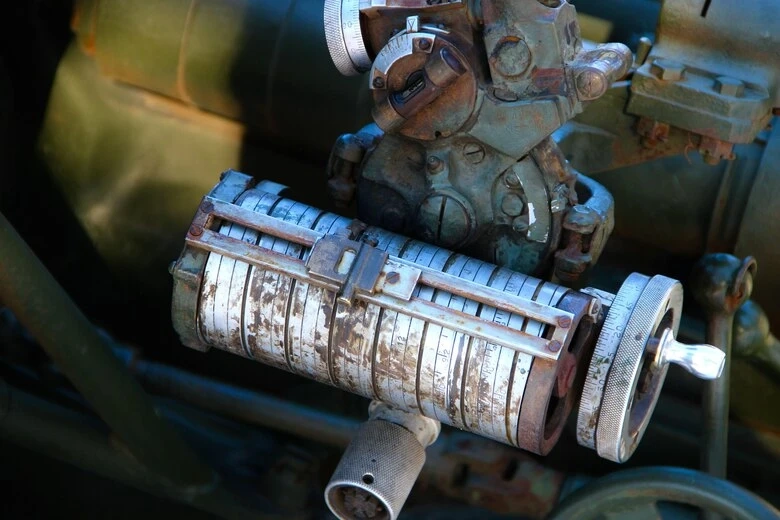Embarking on an RV adventure is all about freedom and self-sufficiency, but have you ever wondered about the magic behind the flow of water in your motorhome? Enter the unsung hero of RV plumbing: the water pump. In this article, we\'ll take a deep dive into understanding how RV water pumps work, demystifying the mechanism that keeps the water flowing seamlessly during your travels.
Understanding the Basics
Before delving into the intricacies of RV water pumps, let\'s grasp the basics. Your RV\'s plumbing system typically consists of a fresh water tank, pipes, faucets, and of course, the water pump. The pump\'s primary function is to draw water from the tank and pressurize it, ensuring a steady flow to your taps and appliances.
Components of an RV Water Pump
- Motor: At the heart of the water pump lies the motor, which drives the entire system. Most RV water pumps use a 12-volt DC motor, which is efficient and compatible with the vehicle\'s electrical system.
- Impeller: Connected to the motor, the impeller is a rotating component responsible for creating pressure by spinning rapidly. It draws water from the tank and propels it through the system.
- Diaphragm or Piston Assembly: Some RV water pumps utilize a diaphragm or piston assembly instead of an impeller. These mechanisms work by creating alternating pressure to move the water, providing a different approach to the same goal.
- Pressure Switch: To regulate the water flow, RV water pumps incorporate a pressure switch. This switch monitors the pressure in the system and activates the pump when the pressure drops below a certain threshold, such as when a faucet is turned on.
- Check Valve: Preventing backflow is crucial in any plumbing system, and RV water pumps include a check valve for this purpose. This valve ensures that water flows in one direction only, maintaining the system\'s integrity.
The Working Principle
Now that we\'ve identified the key components, let\'s unravel the working principle of an RV water pump:
- Initiation: When you turn on a faucet or appliance that requires water, the pressure in the plumbing system drops.
- Pressure Drop Detection: The pressure switch, constantly monitoring the system, detects this drop and signals the water pump to spring into action.
- Activation: The motor, upon receiving the signal, starts spinning the impeller or operating the diaphragm/piston assembly.
- Water Suction: As the impeller rotates or the diaphragm/piston moves, it creates a suction force, drawing water from the fresh water tank through the inlet pipe.
- Pressurization: The drawn water is then pressurized by the impeller or through the alternating pressure mechanism, building up the necessary force to propel it through the plumbing system.
- Flow to Taps: Pressurized water flows through the pipes, reaching the taps or appliances where it\'s needed.
- Pressure Maintenance: Once the pressure in the system reaches the desired level, the pressure switch signals the pump to stop, halting the flow until the next demand for water.
Factors Affecting Performance
Several factors can influence the performance of an RV water pump:
- Voltage: RV water pumps typically operate on 12-volt DC power. Variations in voltage can affect the pump\'s efficiency and performance. Ensure your RV\'s electrical system is in good condition to maintain optimal voltage levels.
- Water Source: The quality and cleanliness of the water source can impact the pump\'s longevity. Sediment and debris in the water can cause clogging and damage to the pump components over time.
- System Design: The layout and design of your RV\'s plumbing system can also influence the pump\'s performance. Proper installation, including the positioning of pipes and the pump itself, is crucial for efficient water flow.
- Maintenance: Regular maintenance is key to keeping your RV water pump in top condition. This includes cleaning or replacing filters, inspecting for leaks, and ensuring proper lubrication of moving parts.
Troubleshooting Common Issues
Despite their reliability, RV water pumps may encounter issues from time to time. Here are some common problems and troubleshooting tips:
- Low Water Pressure: Check for clogs or leaks in the plumbing system, clean or replace filters, and ensure the water tank is adequately filled.
- Excessive Noise: Loud or unusual noises could indicate air in the system, loose fittings, or worn-out components. Inspect the pump and plumbing for any signs of damage or misalignment.
- Continuous Running: If the pump continues to run even when no faucets are open, there may be a leak in the system causing a drop in pressure. Inspect the plumbing for leaks and repair as necessary.
- No Water Flow: In the absence of water flow, check for power supply issues, clogs in the pump or plumbing, and ensure the pressure switch is functioning correctly.
More RV-related troubleshooting? Visit the Exploring The Local Life website.
Conclusion
RV water pumps are the silent heroes of your motorhome\'s plumbing system, ensuring a steady supply of water wherever your adventures take you. Understanding how these pumps work and recognizing potential issues can help you maintain a hassle-free plumbing system on the road. So, the next time you turn on the tap in your RV, take a moment to appreciate the ingenuity behind the flow of water, courtesy of your trusty water pump.


